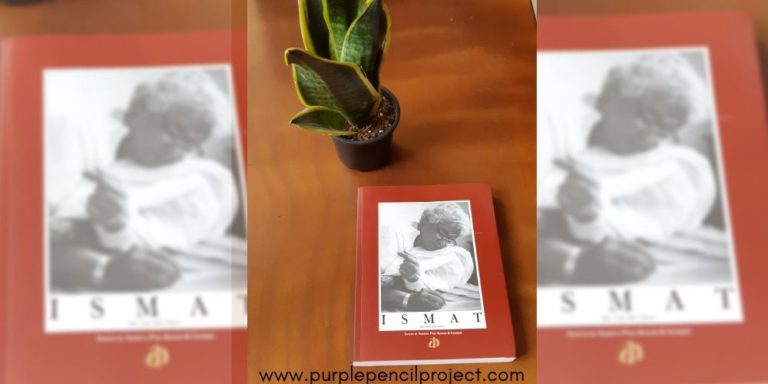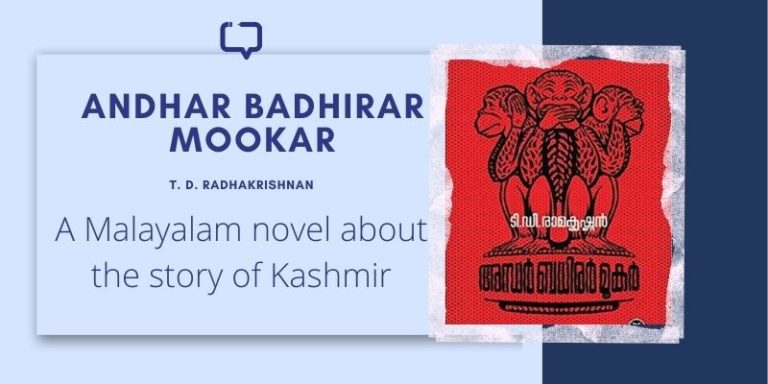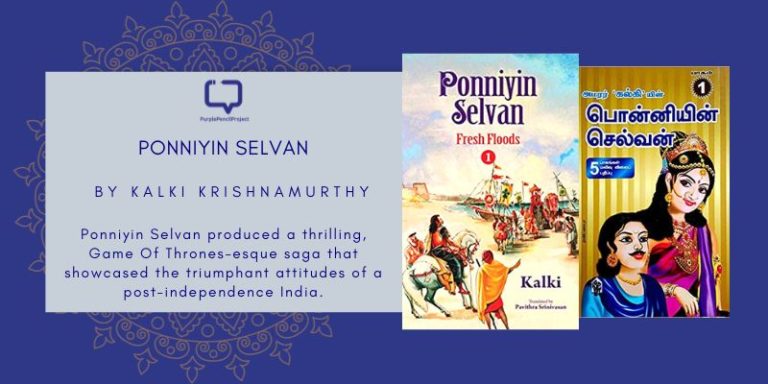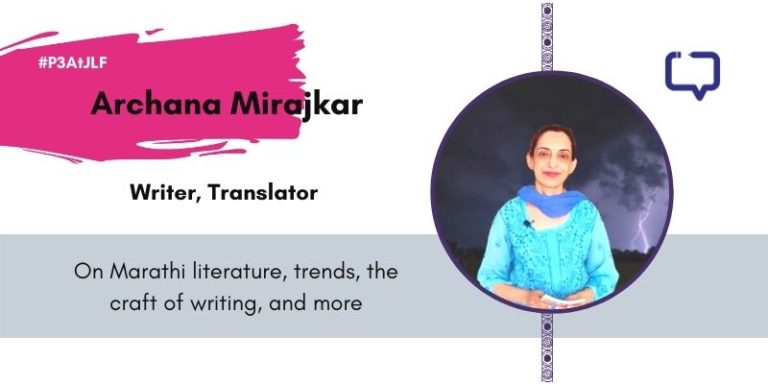Masala Memsahib is a food memoir, travelogue, and recipe book in equal parts.
When Karen Anand arrived at the Oberoi Grand in Kolkata after a long day of travel, she requested the chef for room service – something Bengali with fresh fish. The chef whipped up Maachhher Jhol – a homestyle fish curry with piping hot local rice. After devouring the whole serving of this comfort food, when Anand asked the chef for its recipe, he laughed it off, saying, it is too simple to put in a book.
But the thing about food is that it is the simplest of recipes that can sometimes transport us back to our home, our childhood. I recently had my own “ratatouille” moment at an intimate Diwali dinner with friends when I was treated to a lovely preparation of kaddu, served with fresh-off-the-kadhai pooris.
We encourage you to buy books from a local bookstore. If that is not possible, please use the links on the page and support us. Thank you.
I have been married for close to a decade now and it has been seven years since my mother’s been gone. I find myself so far removed from the simple flavours that I grew up on, that it makes me feel uprooted, and untethered.
Even my mother’s relatively simple Tu-ar dal chawal that we had every afternoon after school, a Punjabi dal made with Gujarati influences, I have failed to perfectly re-create in my own kitchen (though my hesitation in pouring as much ghee over the dal as my mother did, might have something to do with it!) I would ask my elder sister, who keeps a wonderful table, but it is one that is heavily influenced by the Jain family she has married into and the city of Kochi that she now calls home.
So, last Diwali when I sampled the kaddu, I realised it tasted just like my mother’s. Growing up, I never cared to finish the kaddu on my plate, let alone appreciate it enough to pen the recipe down, but that day, I polished it off with the pooris. I just could not get enough of it.
That is what food is. It is home. It is history. It is also confluence and evolution. And all this and more has been fabulously documented by the Indian food guru Karen Anand in her latest book – Masala Memsahib: Recipes and Stories from My Culinary Adventures in India. I have only tried out a few recipes from the book so far, but have devoured all the accompanying stories with relish.
The narration…
Masala Memsahib is a food memoir, travelogue, and recipe book in equal parts. Anand takes us on a culinary journey that begins with her personal history and then meanders through Goa, Gujarat, Kerala, Maharashtra, and West Bengal. Along the way, we are introduced to the food history of the region as Anand traces the origin and evolution of its local cuisine.
We learn how the cuisine was influenced by the availability of ingredients – some indigenous, some introduced into the region through migrations and trade relations with other parts of the world.
From the invention of Mulligatawny for the Englishwoman in Madras club (derived from the Tamil words milagu, meaning pepper, and thanni, meaning water), to the Portuguese-inspired and much misunderstood Vindahlo curry (derived from Portuguese words vinho, for wine, and ahlo, for garlic), Masala Memsahib is full of nuggets of food history trivia.
Anand guides us to the local markets where the freshest of these ingredients may be sourced and also recommends joints (both modest and grand) where a particular local delicacy may be sampled.
Most interesting was reading about the nuances within each regional cuisine – for example, slight differences in prawn curry recipe distinguish whether the cook is from the north or south of Goa, whether Hindu or Christian, Brahmin or not.
The curation…
Over and above this, Anand has curated recipes from home cooks and chefs that represent the most authentic taste of that region (and for Anand herself). The Maharashtra chapter in particular came as a surprise to ignorant me, who could only come up with pao bhaji, vada pao, and modak as examples of Maharashtrian cuisine.
Anand herself mentions how there is so little written about the cuisine and how it hasn’t been actively promoted.
Most recipes in Masala Memsahib are authentic home-style recipes that use just the right masala combinations to bring out the natural flavours of the main ingredient, as opposed to a motley of masala swimming in oil that makes up the Indian “curry” all over the world and which masks the taste of the actual star of the dish.
Some are simple enough to whip up at short notice, and others might require a little more elaborate preparation starting from procuring fresh ingredients from the market, but the result is always food for the soul.
There are also many colourful photographs of the dishes, ingredients, streets, markets, and the people who contributed to Masala Memsahib, and while I wish every recipe came with a reference image of the completed dish, I appreciate the logistic difficulties the same may have posed.
Conclusion
Nevertheless, Masala Memsahib is an easy read and a wonderful treatise, a keeper, and a great gift for someone who loves both the food and the stories behind it. It is also an endeavour that may inspire us to pen down our own food histories and recipes, curated with the help of previous generations for the next.
Maybe one day when our children are all grown up and find themselves uprooted, untethered, and far from home, they will open an old diary and try their grandmother’s recipe of dal-chawal (and ghee and love), and the old taste will guide them home.
P.S.: A special mention of prawns, which this book is partial to, with thirteen distinct prawn recipes!
Best Quote:
“This re-establishes for me the essential difference between home and restaurant cooking. Home cooking is born of love, generosity, and warmth. Even if the domestic cook, who relies on memory and not a written recipe, can’t produce the same thing every time, it really doesn’t matter. Restaurant cooking counts precision, consistency, and expertise among its virtues, not to mention the ability to accurately replicate the dish.
If you visit Goa, you will notice a sizeable difference between a prawn curry prepared in a restaurant and one made at home. In fact, I’ve had curries made with powdered or canned coconut milk in hotel restaurants surrounded by a mass of coconut trees. The excuse given is that ‘there’s nobody to go up the tree anymore’.”
Have you read this culinary delight on paper? What do you think of it? Drop a comment below and let us know!






















